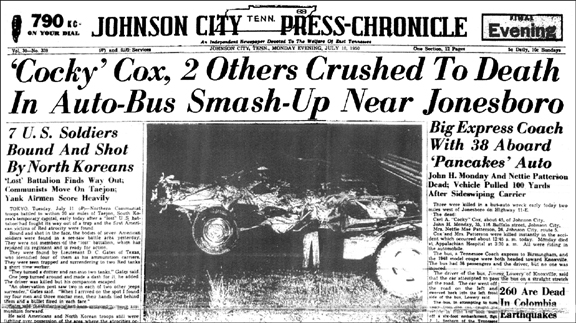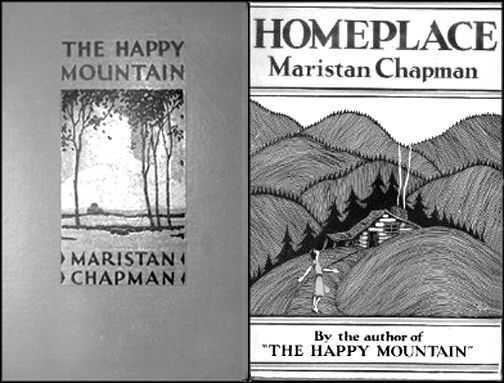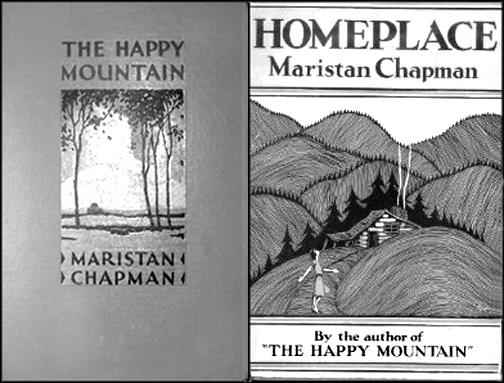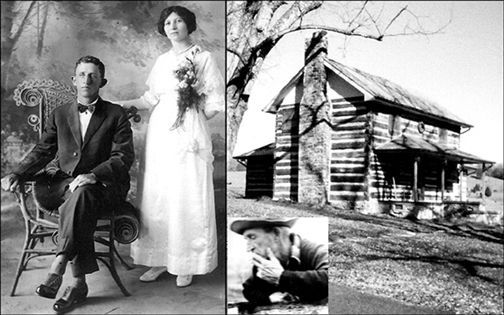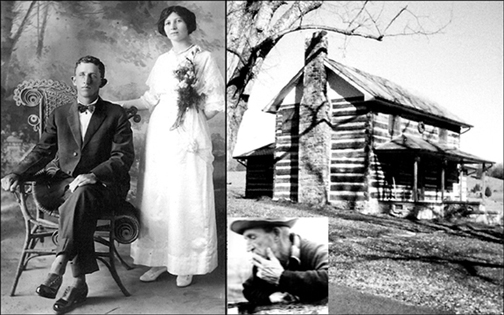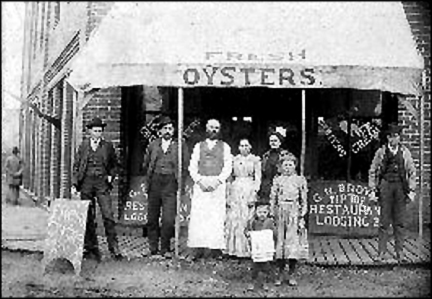My aunt, Doris Anderson, gave me a cache of old letters dating between December 1911 and June 1949 that were written to her mother (my grandmother), Mrs. Neva Cox. They came from her husband, Earl; mother, Molly; and others. While much of the wording would be appropriate today, an occasional entry in the letters dates them (buying eggs for three cents each in 1915 and working for the American Cigar Box Lumber Company on Cherry Street for 33.3 cents/hr. in 1920).
Other interesting comments spoke of family members sharing magazines and newspapers with one another. A family would buy a copy, read it and pass it on to others. It was never casually discarded. One letter wanted to know if my grandmother knew who had the latest “Ladies’ Home Journal.” Two others mentioned the “Johnson City Staff-News” and “Happy Hours.” I located a February 1916 “Happy Hours” magazine that contained nine articles: The Editor’s Desk; Twisted Oaks; Eileen’s Housekeeping; The Spirit of the Day; Marion’s Fortune; Flowers – What to Plant and When to Plant Them; Home Helps; Popular and Old-Time Ballads; and Latest Paris and New York Fashions.
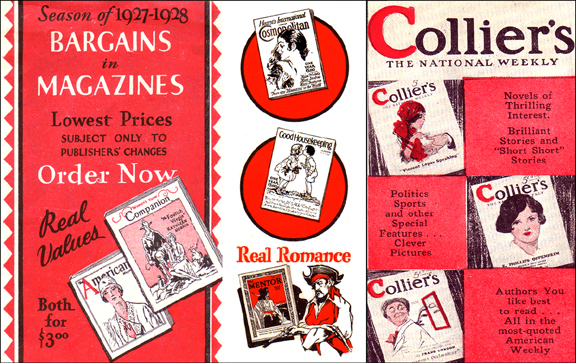
A small 24-page advertisement booklet titled, “Season of 1927-1928, Bargains in Magazines,” offered magazine subscriptions. A unique feature was the use of money-saving prices on “clubs” of leading magazines. For each item, two prices were offered – full price (one subscription) and club (reduced) price (more than one subscription). Three full pages contained 72 suggested “clubs,” each containing a list of from 5-15 magazines. In addition, subscribers could develop their own “clubs” from a catalog of 138 magazines located at the end of the booklet. Most prices were for one year, could be new or renewal and allowed shipping to different addresses. The ad further provided enhanced descriptions for six popular magazines.
The Mentor ($4/yr., 12 issues): “Real Romance”; authentic pirates; little-known stories of well-known people; places you always wanted to visit; romance made real; and the world of yesterday, today and tomorrow.”
Cosmopolitan ($3/yr., 12 issues): “The World’s Greatest Fiction Magazine”: most alert, vigorous and far-seeing magazine in America; bringing the best talent of the world to entertain and inform the reader; twice as many novels, stories and features by star writers as any other magazine.
Good Housekeeping ($3/yr., 12 issues): “Supreme in Service to the Homemaker”; shortening a woman’s workdays; saving 10% on living costs; tasty recipes, menus, smart fashions; useful suggestions on home dressmaking, health, childcare, decoration, entertainment, housekeeping.
Collier’s ($2/yr., 52 issues): “The National Weekly”; novels of thrilling interest; complete stories; politics, sports, and special features; clever pictures; written by popular authors, all in the most-quoted American weekly.
Woman’s Home Companion ($1/yr., 12 issues): the year’s best novels; short stories; from movies to psychology, from travel to music; helpful, practical department service that includes fashions, cooking, good looks, better babies, interior design, good citizenship, entertaining, handicrafts, gardening, home planting and others.
American Magazine ($2.50/yr., 12 issues): Thrills from the experience of those who conquer life in spite of tremendous odds; people who offer individual recipes for success, famous writers like Zane Grey, detailing the glorious west and providing tales of adventure, mystery, humor and romance.
Thanks to old letters and vintage ads, we are provided with another glimpse into the nostalgic world of yesteryear.


